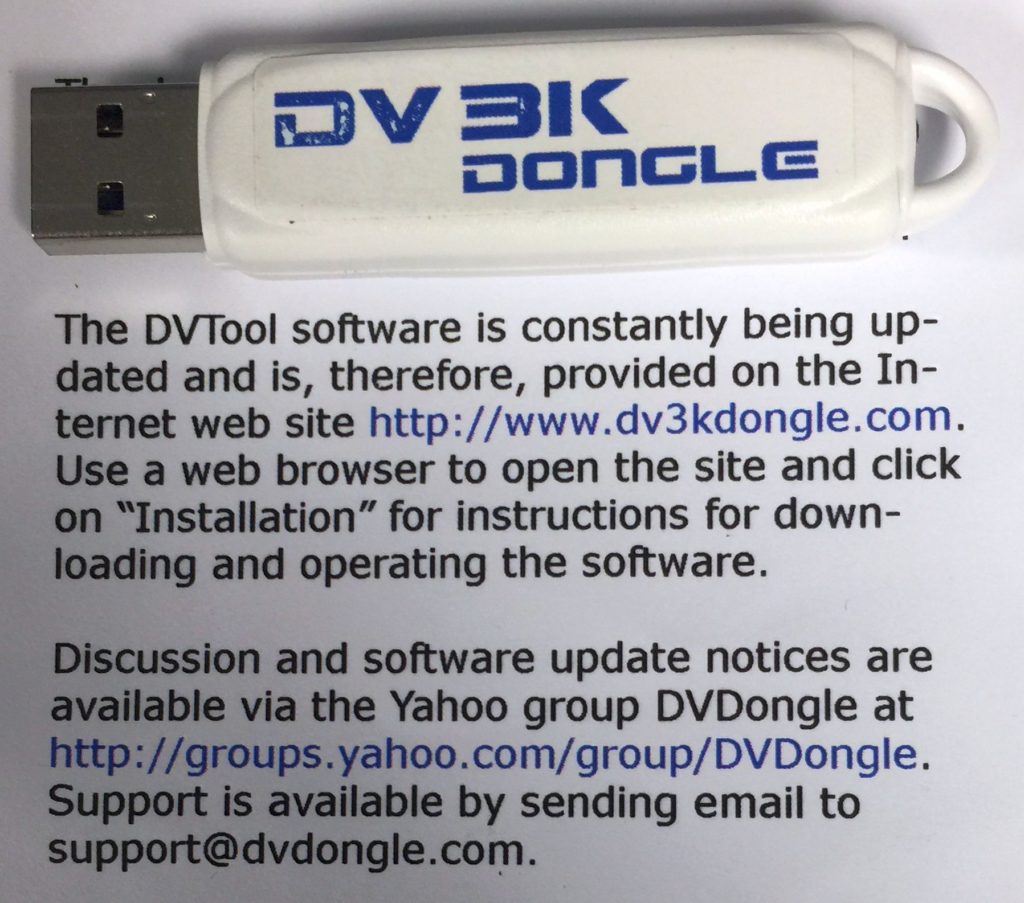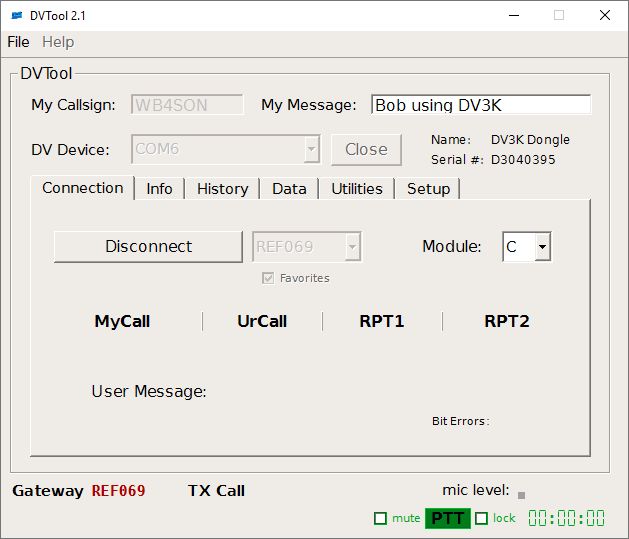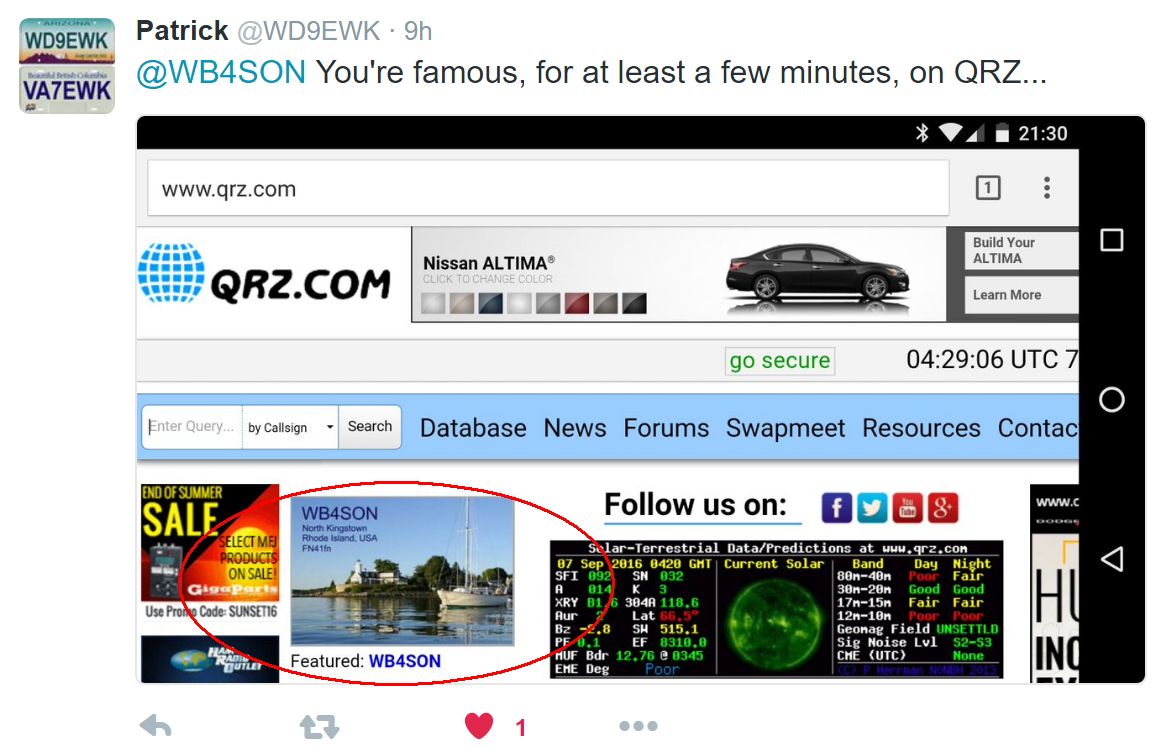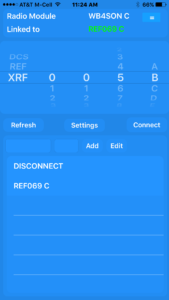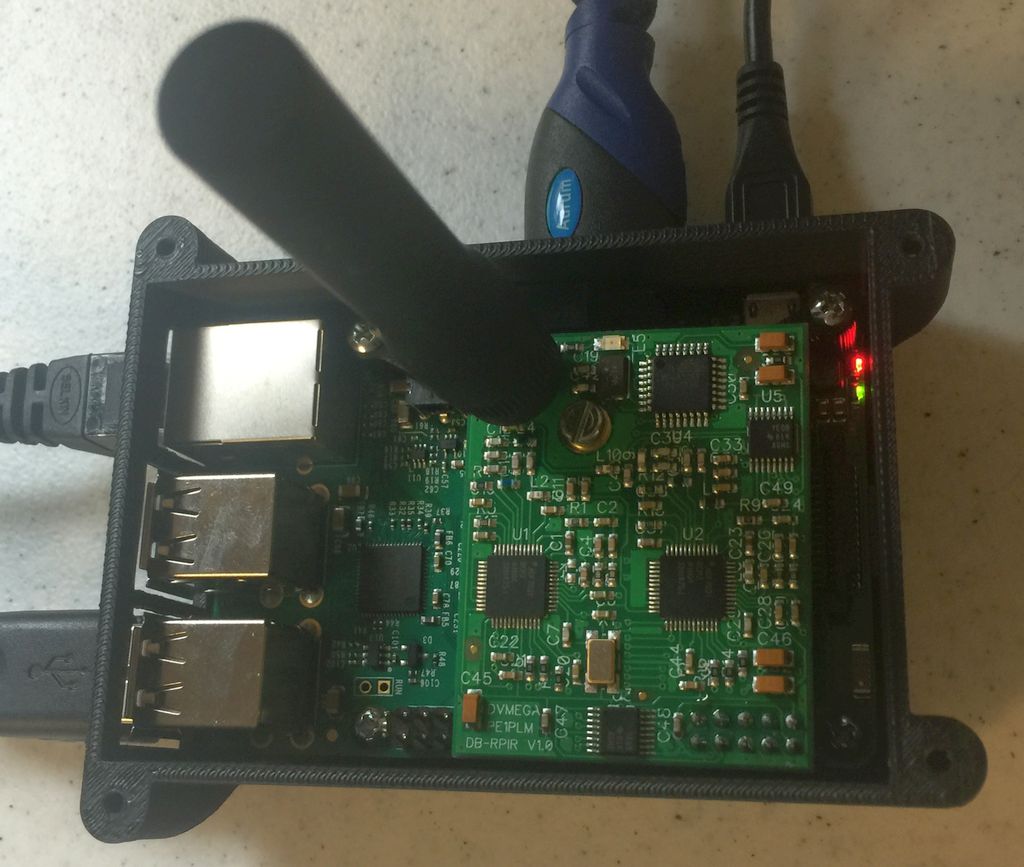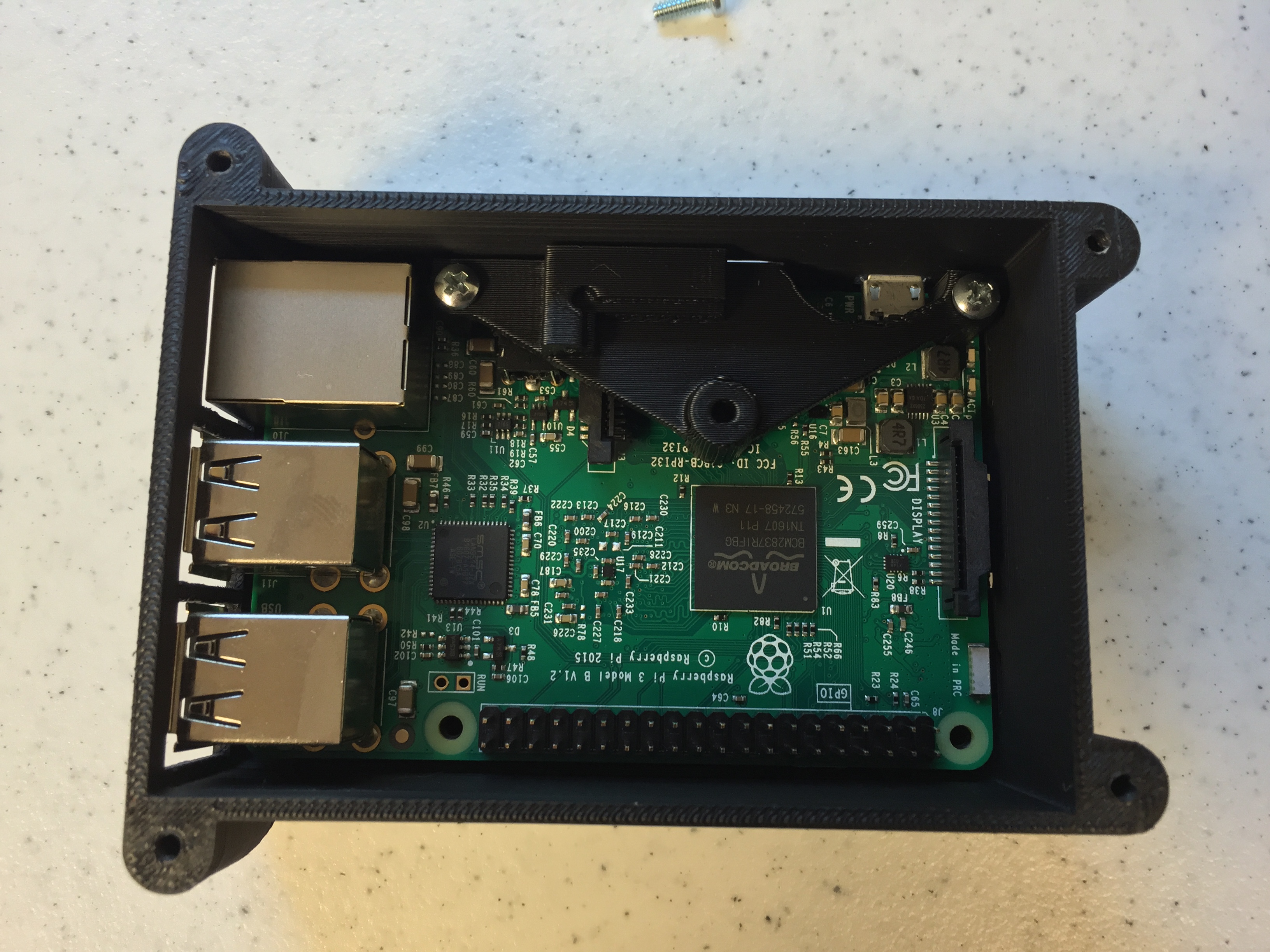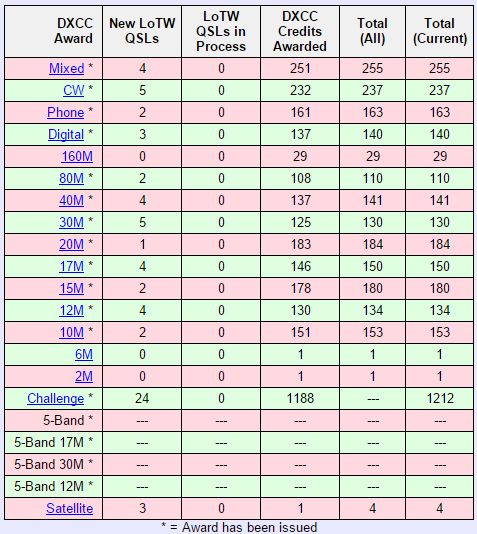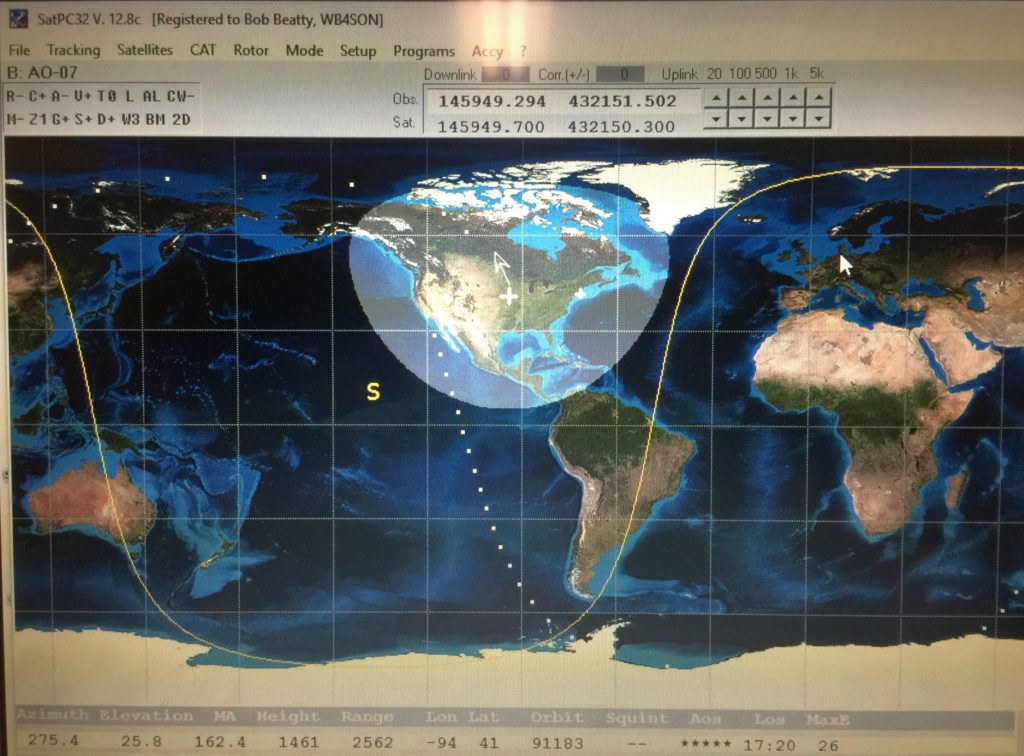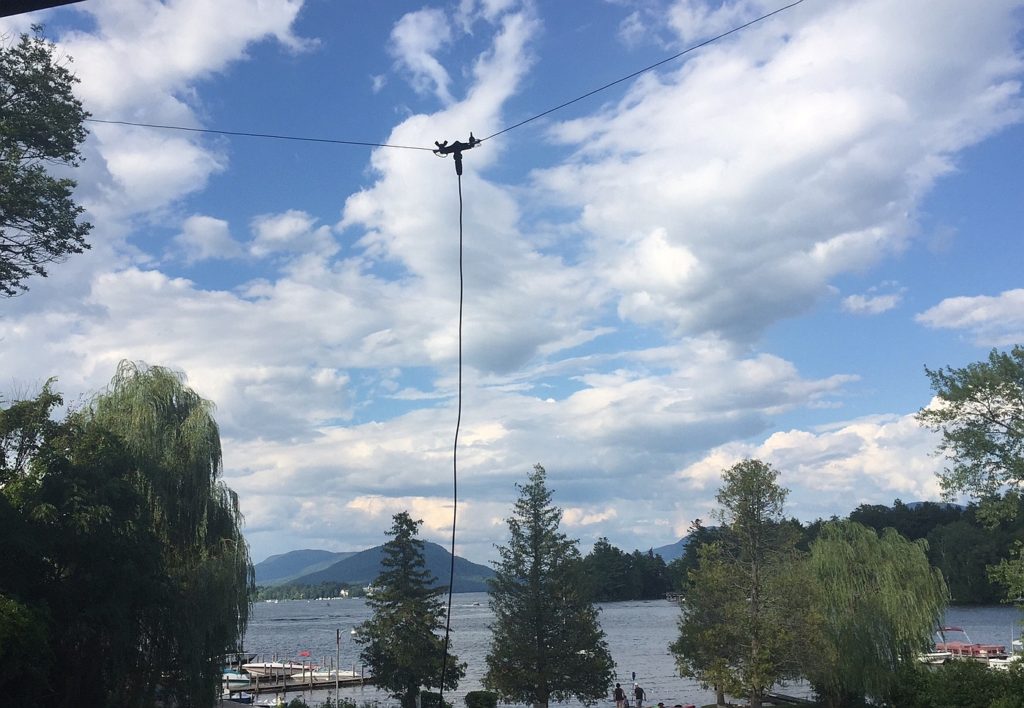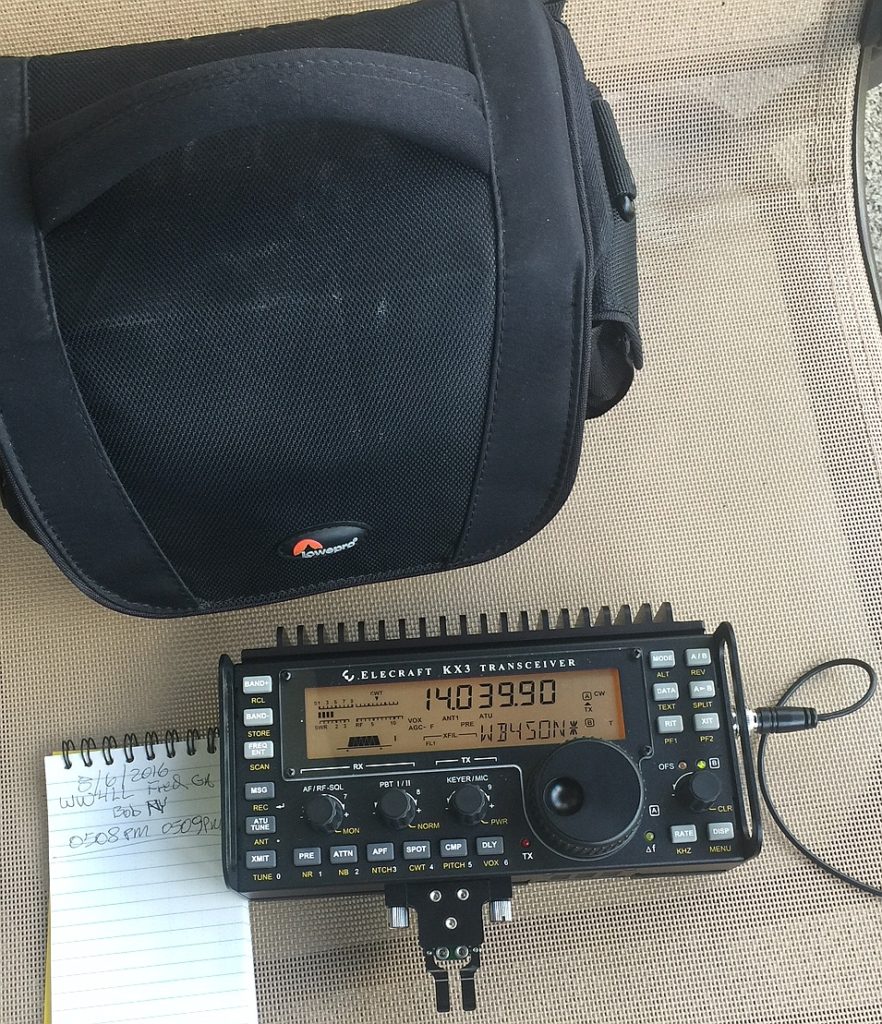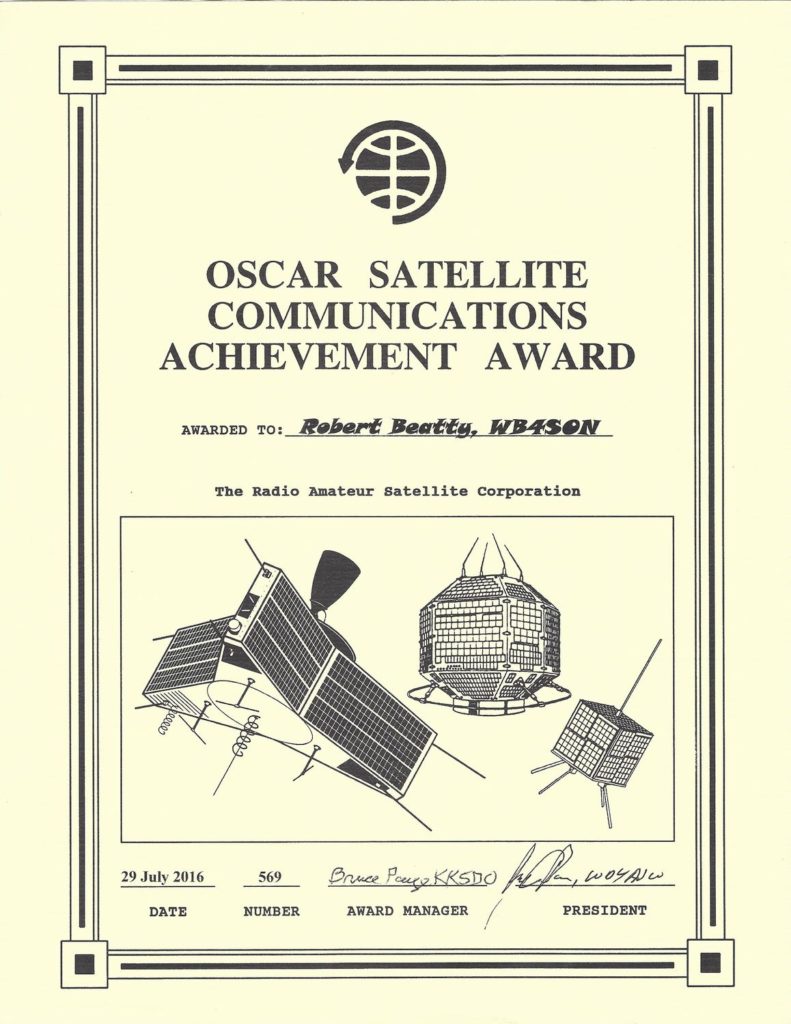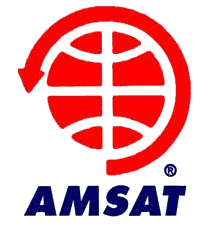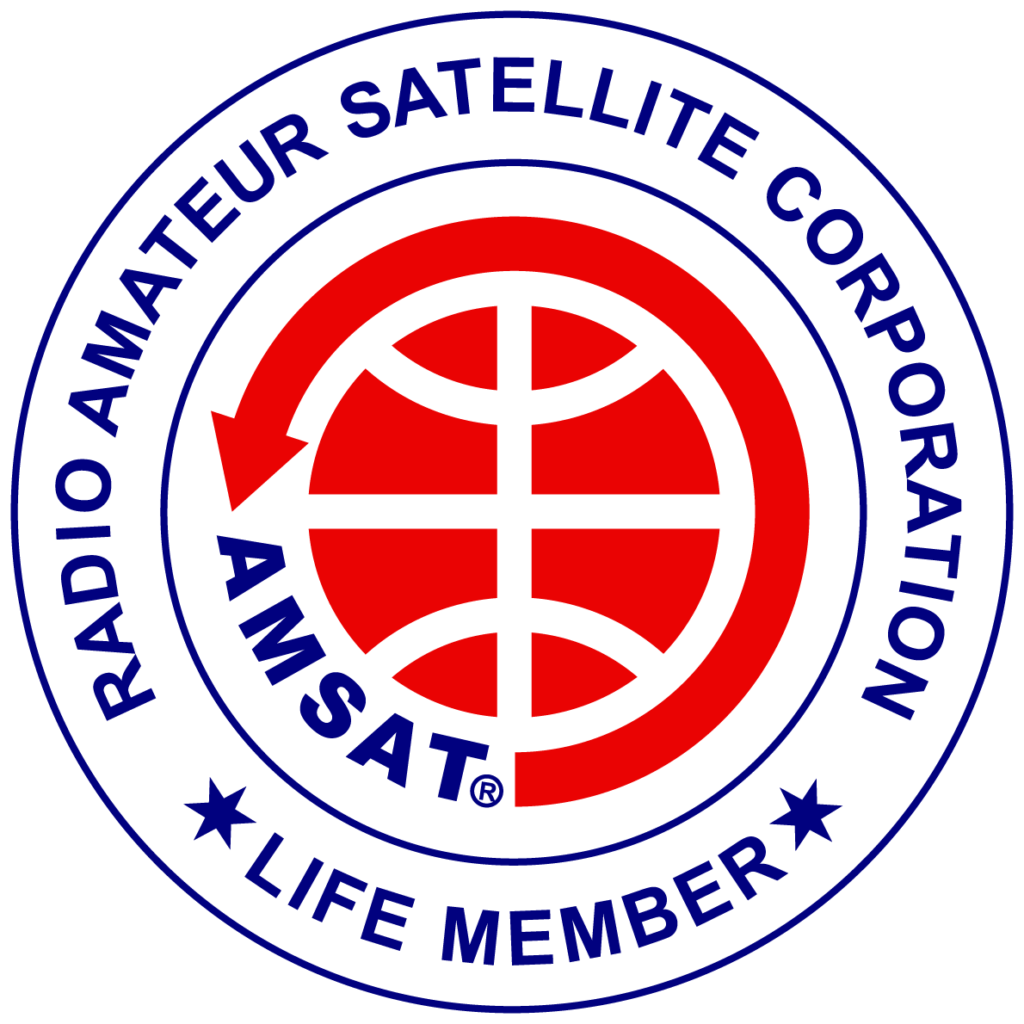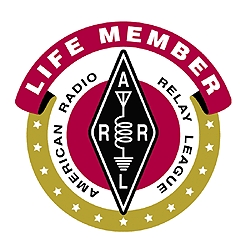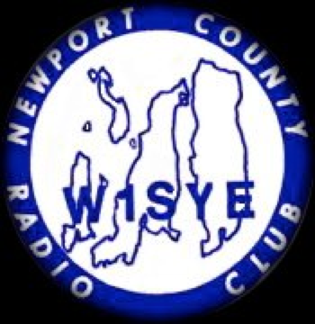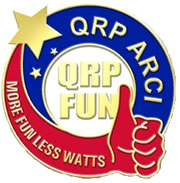The DVmega, running ircDBGateway software, supports control/linking via DTMF Touch-Tone commands (that is an option that can be turned off, but it defaults to on). This is generally much easier to do than struggling with trying to reprogram the UR field to accomplish the desired task.
To use the DTMF commands, it is essential that the UR field be set to CQCQCQ, the RPT1 field be set to “WB4SON C”and the RPT2 field be set to “WB4SON G”. Also, as always it is critical that the Hotspot be accessed with Duplex + or – and an offset of 0 (failure to do that prevents the digital audio from being decoded by the Hotspot).
DTMF # –> Is the Unlink Command
DTMF 0 –> The Check Status Command (responds “unlinked” or “linked to …”)
DTMF ** –> This will set the Hotspot to the default gateway (REF069C in my case)
DTMF A –> Disconnects CCS call routing
To link to a reflector, use the following DTMF commands. By trial and error, I’ve found that you must hold the PTT button for a second or so after you finish sending any tones — makes sense, usual DSTAR propagation delays.
DTMF *50C –> Links to REF050C
DTMF *69C –> Links to REF069C
DTMF B12A –> Links to XRF012A
DTMF B21B –> Links to XRF021B
My TouchTone keypad does NOT include the “D” character so I haven’t tested the DCS Reflectors
To do callsign routing, simply enter the 7 digit code
DTMF 3109071 –> Fran, W1FJM
DTMF 3144032 –> Bob, WB4SON
Send a DTMF “A” to disconnect when done

